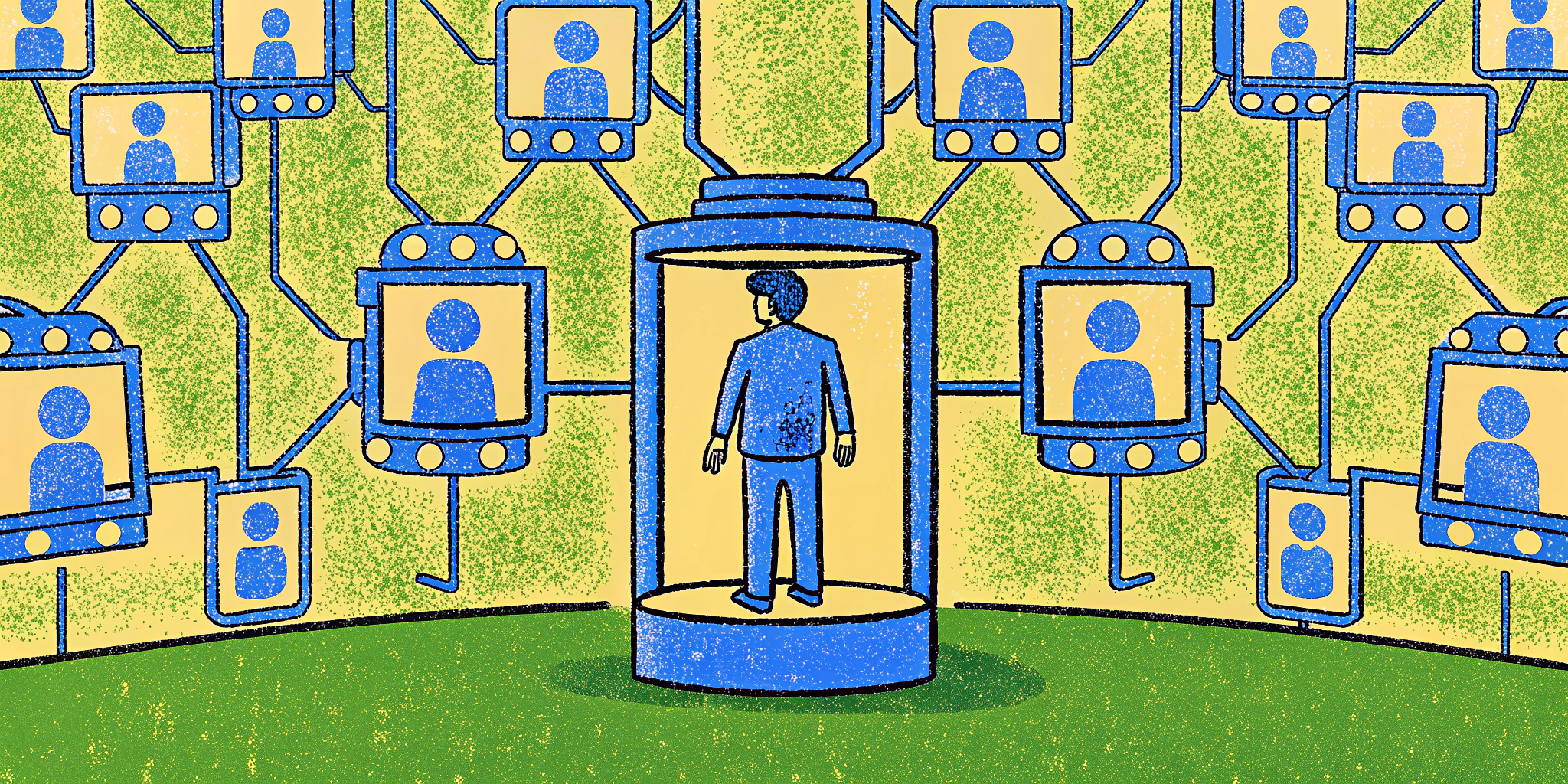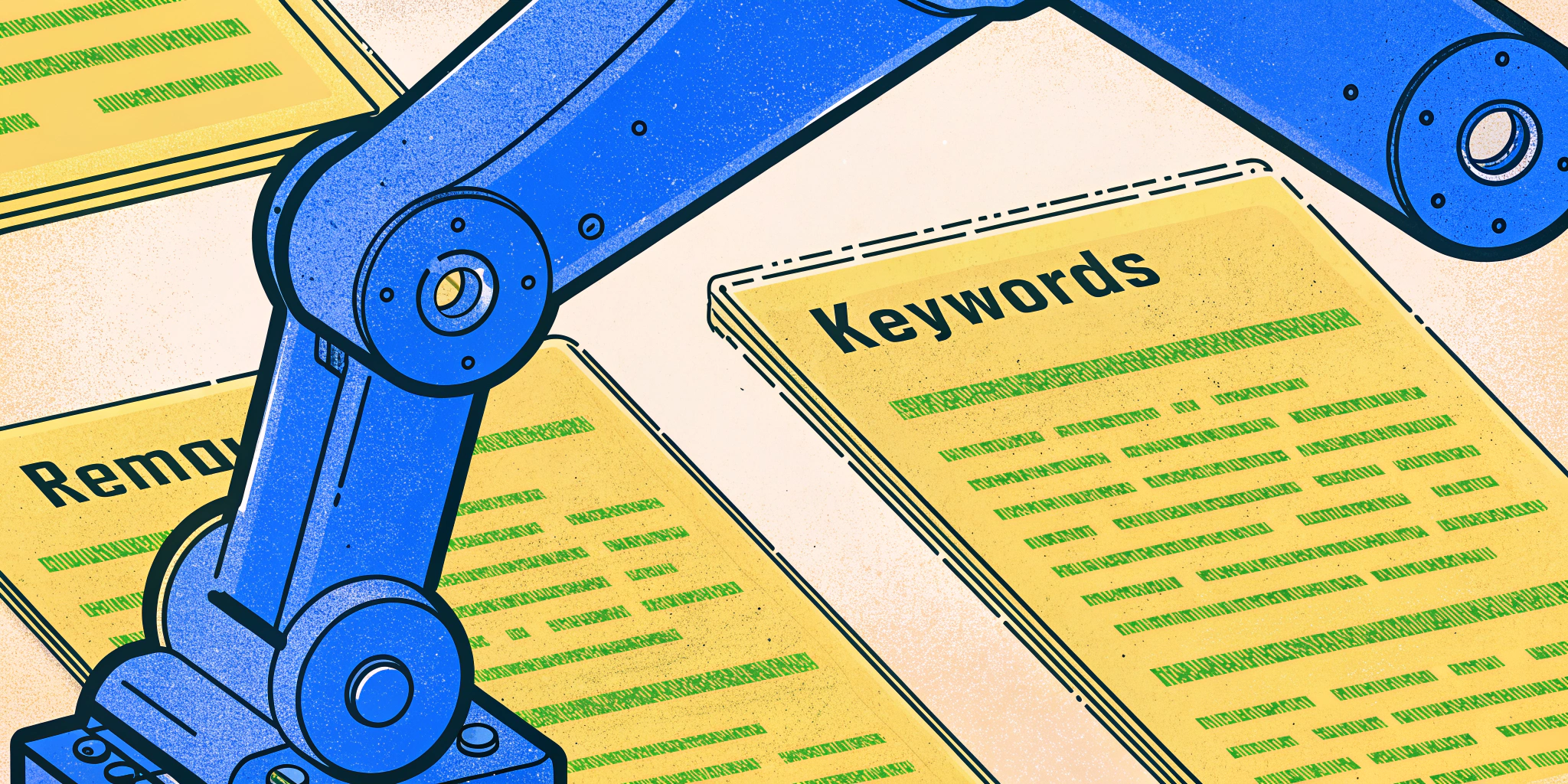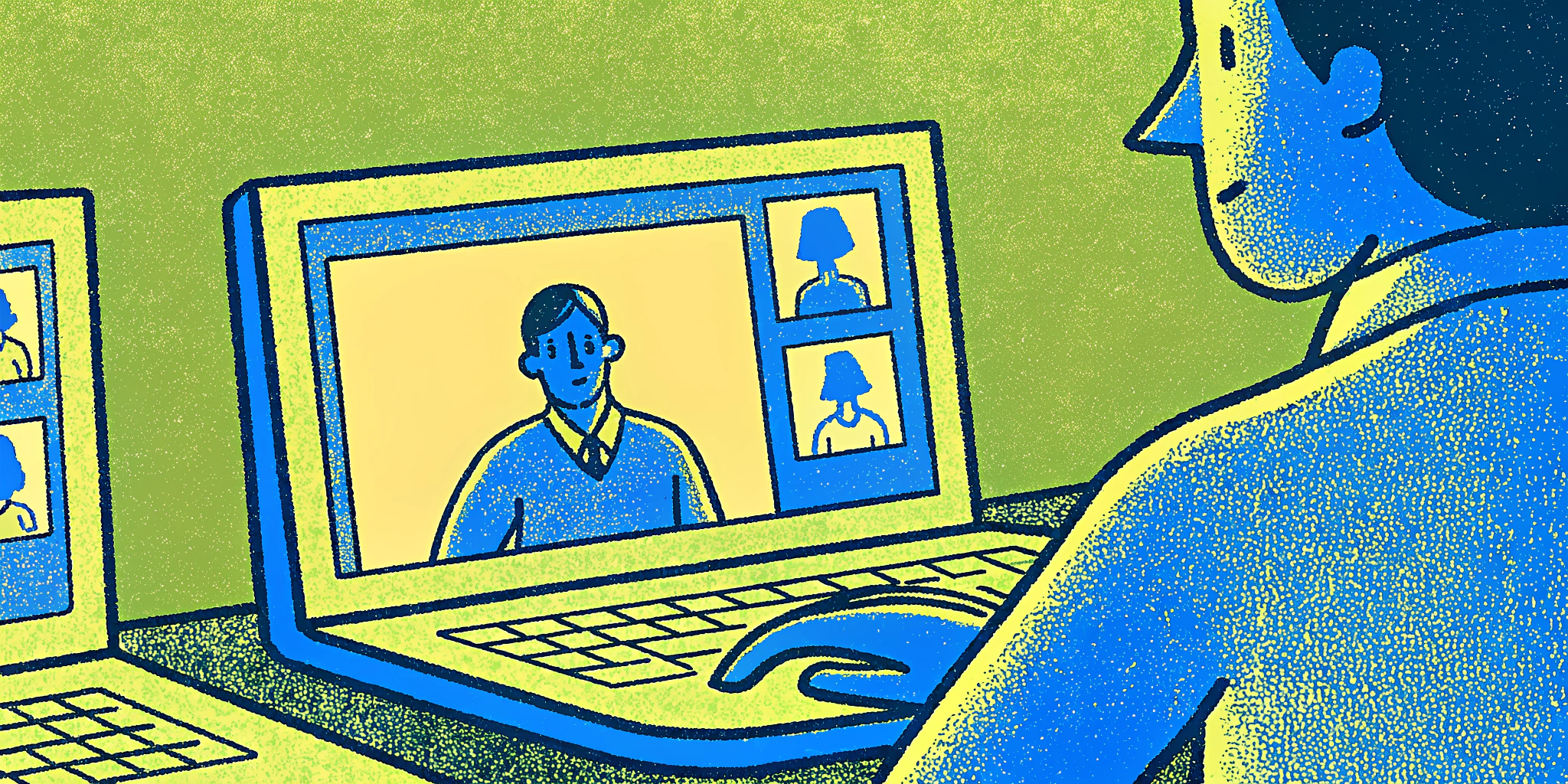Table of Contents
- The AI Revolution in Hiring: What’s Happening?
- Challenges of AI in Hiring: The Black Box Effect
- How to Beat AI Resume Screening?
- AI-Powered Interviews: How to Prepare?
- Practical Tools and Resources for AI Interviews
- The Future of AI in Hiring: Regulation & Ethics
- Conclusion: Navigating the AI-Driven Hiring Process
The AI Revolution in Hiring: What’s Happening?
Hi, I’m Sarah Johnson, a career coach and a tech enthusiast with over a decade of experience helping job seekers land their dream roles. Over the years, I’ve watched the hiring process evolve, but nothing compares to the disruptive wave of AI in recruitment.
AI is transforming hiring at every level. From resume screening to virtual interviews, many companies, especially Fortune 500 giants, are leaning on AI-powered tools like Applicant Tracking Systems (ATS) and AI interview bots. While these tools promise efficiency, they also create new challenges for applicants who must now optimize their resumes and prepare for algorithm-driven interviews.
Did you know that nearly 11 million job openings remain unfilled in the U.S., even as companies receive hundreds (if not thousands) of applications for a single role? This overwhelming influx of applicants has made AI indispensable in hiring, but it also means applicants are increasingly left in the dark about how decisions are being made.
Let’s dive into the challenges of AI in hiring and, more importantly, how you can navigate this new landscape to land your next job.
Challenges of AI in Hiring: The Black Box Effect
Bias in AI Hiring Algorithms
AI systems, despite their promise of impartiality, often carry the biases of their human creators. For example, an audit of Amazon’s AI recruiting tool revealed that it penalized resumes containing the word “women’s”, such as “women’s chess club.” Another study found that algorithms favored candidates named Jared who played high school lacrosse—clearly not metrics for merit-based hiring.
| Example of AI Bias in Hiring | Impact on Applicants |
|---|---|
| Penalizing women’s colleges | Qualified female candidates overlooked |
| Favoring certain names (e.g., Jared) | Candidates from non-traditional backgrounds excluded |
| Ignoring employment gaps (e.g., military) | Veterans or parents returning to work after a break face automatic rejection |
These biases stem from the training data fed into AI systems, often reflecting historical hiring decisions that were themselves biased.
The Ghost in the Machine
AI’s decision-making process is often referred to as a black box—even the engineers who design these algorithms can’t always explain why certain applicants are screened out. Jamal Eggleston, a work readiness instructor, calls this phenomenon the “ghost in the machine” because it perpetuates hidden biases and excludes entire segments of the population, such as those unfamiliar with the technology or with non-linear career paths.
Key Insight: If you’ve ever applied for a job and heard nothing back, it might not be your fault—it could be the AI’s inability to interpret your unique career journey.
How to Beat AI Resume Screening?
Optimizing for Applicant Tracking Systems (ATS)
Most companies use ATS to sift through resumes before a human ever sees them. Ian Siegel, CEO of ZipRecruiter, advises, “Write your resume for robots, not for humans.”
Here’s how:
- Use standard templates: Avoid fancy designs or non-standard fonts that ATS might struggle to read.
- Keyword matching: Tailor your resume to the job description, incorporating key terms directly from the posting.
- Avoid tricks: Strategies like hiding keywords in white text may fool the AI but will backfire when a human reviewer checks your resume.
Common ATS Mistakes to Avoid
| Common Mistake | Why It Fails |
|---|---|
| Using a creative design | ATS struggles to parse non-standard layouts |
| Ignoring keyword optimization | ATS ranks resumes based on keyword relevance |
| Leaving gaps unexplained | Algorithms may reject resumes with unexplained career breaks |
AI-Powered Interviews: How to Prepare?
AI Interview Assessments: What You Need to Know
Many companies, including Goldman Sachs and Walmart, now use AI-powered interviews that analyze your word choice, tone, and even facial expressions. These systems rank candidates algorithmically, often without human oversight.
Example:
A hiring algorithm might favor candidates who use “power words” like “innovative” or “collaborative” and penalize those who appear nervous based on vocal tone.
Pro Tip: Practice with tools like mock interview AI platforms to get comfortable with these systems.
Real-Time AI Interview Copilots
Ever heard of Ninjafy AI? It’s a game-changer. I’ve personally used it to guide clients through real-time interview scenarios. With features like NinjaCopilot™, it provides tailored answers based on your resume and the job description. It even helps maintain steady eye contact with InvisibleEyetrack™, ensuring you appear confident during video calls.
| Ninjafy AI Features | Why It’s Useful |
|---|---|
| NinjaCopilot™ | Provides live interview support with tailored answers |
| InvisibleEyetrack™ | Ensures steady, confident eye contact during video interviews |
| Personal Model | Customizes responses based on your unique career journey |
“I used Ninjafy AI to prepare for a rigorous interview at P&G. The personalized mock interviews were a lifesaver!” – K.W.
Practical Tools and Resources for AI Interviews
- VMOCK: Resume optimization software used by universities like NYU.
- Ninjafy AI: Your ultimate AI interview copilot, offering real-time assistance during interviews.
- LinkedIn Learning: Courses on preparing for AI-driven hiring processes.
The Future of AI in Hiring: Regulation & Ethics
The widespread use of AI in hiring has sparked debates about transparency and fairness. In New York, lawmakers introduced regulations requiring companies to audit their AI tools for bias. However, critics argue these audits often lack teeth since they’re conducted by the software vendors themselves.
Key Takeaway: Until stricter regulations are in place, it’s up to job seekers to adapt and use tools like mock interview AI platforms to level the playing field.
AI is here to stay in the hiring world, but that doesn’t mean you’re powerless. By optimizing your resume for ATS, practicing with AI interview tools, and leveraging real-time copilots like Ninjafy AI, you can navigate this new landscape with confidence.
Remember, the future of work isn’t about outsmarting AI—it’s about working with it.




